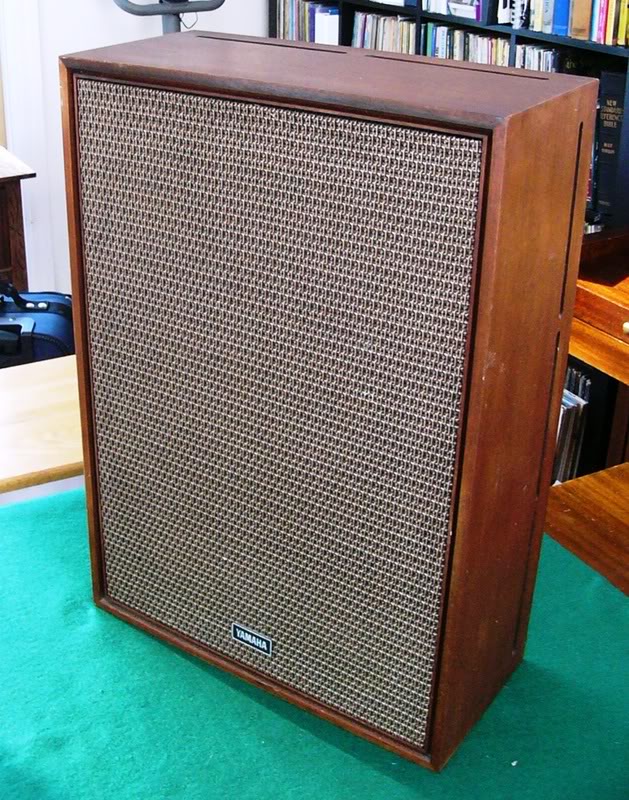The question seems to be why 1" in particular, rather than 2" or 1/2". The tradeoff is primarily dispersion vs. the driver's lowest usable frequency. The driver's lowest usable frequency depends on its ability displace air, which obviously depends on the diaphragm area. I think this is fairly apparent, and that the question isn't really what the tradeoffs are exactly, but why it is that 1" is apparently the optimal size? I think this is an interesting question. For 2-way speakers at least, 1" seems to be the diameter that strikes the balance that most speaker designers deem optimal. Dispersion isn't great enough for the off-axis response to remain flat all the way out to 20 kHz, but if the tweeter were any smaller, this would make it more difficult to integrate the tweeter with the woofer, without encountering an issue with either tweeter distortion or a directivity mismatch.
For 3-way speakers, it isn't so apparent that 1" is optimal in the same way that it apparently is for 2-way speakers. It depends on how large the woofer and the midrange are, and on how much directivity mismatch you are willing to tolerate. If the woofer in a 3-way speaker is on the small side for woofers found in 3-way speakers, for example if it is 7" or less, the optimal solution is probably for the midrange to be only about 2" and for the tweeter to be maybe 3/4". There are a number of 3/4" tweeters available to DIY speaker builders, but there's probably ten times as many 1" tweeters as 3/4" tweeters.
Something that I don't think has been mentioned is that as the diaphragm area is increased, the force that the motor must supply increases (relative to a given sound pressure), which is a direct consequence of the simple fact that force equates to the product of pressure and area. One way to increase the force is by increasing the total magnetic field strength in the gap, i.e., the integral of Bl. Another way is to increase the length of the voice coil in the gap. These are the same things that determine the electrical portion of the damping and the driver Q, which is the predominant part of total driver Q. It is apparent that driver design is a complex juggling act, and that nowadays no one would likely attempt it without the help of computer software. And with respect to computer software there is a fairly wide gamut of techniques to include execution of basic analytical formulas, numerical solutions to simple equations and to systems of equations, and of course sophisticated numerical simulations.

 P1030013
P1030013 P1030011
P1030011 P1030008
P1030008